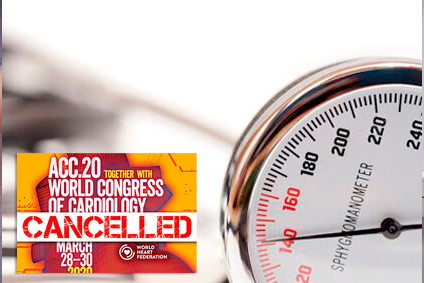It’s been a while since the demanding and tough 2017 document written jointly between ACC and AHA where, with much controversy, cutoff hypertension values were taken to extreme limits. In fact, more flexible ESC guidelines came out a few months later.

Despite this document, hypertension-related cardiovascular death kept increasing in the US across all age subgroups and regions.
Results from the present analysis are along the line of prior observational studies. The downward trend in cardiovascular mortality has been slowing down while death for cardiac failure has begun to climb.
Data to be presented by Dr. Nambiar at the frustrated ACC 2020, to be published simultaneously in JACC, show death for hypertension adjusted by age every 100.000 persons has risen from 18.3 in 2007 to 23 in 2017 (p<0.001 for this trend).
Read also: Virtual ACC 2020 | Myocardial Ischemia Induced by Sudden Mental Stress.
During this same period, cardiovascular death related to hypertension increased 72% in rural US vs 20% in cities (p<0.001 for this trend).
Mortality has increased across all age groups, with the highest impact in people ranging from 65 to 74, for both sexes, but mostly for men.
Read also: Virtual ACC 2020 | “Dangerous” Plaques by CT Effectively Predict Infarction.
The reasons behind this increase are multiple, but clearly diabetes and hypertension epidemics weigh on.
Adjusting to the new cutoff values set in 2017 seems critical.
Original title: Decade long temporal trends in U.S. hypertension related cardiovascular mortality.
Reference: Nambiar L et al. J Am Coll Cardiol. 2020; Epub ahead of print.
Subscribe to our weekly newsletter
Get the latest scientific articles on interventional cardiology
We are interested in your opinion. Please, leave your comments, thoughts, questions, etc., below. They will be most welcome.





